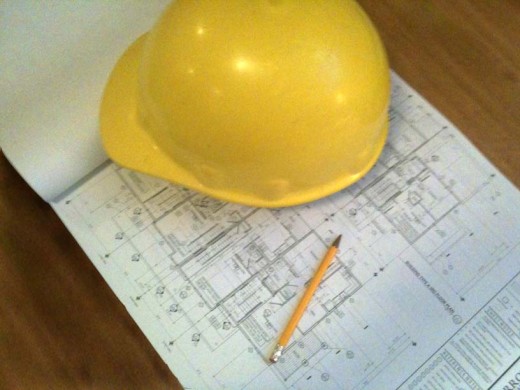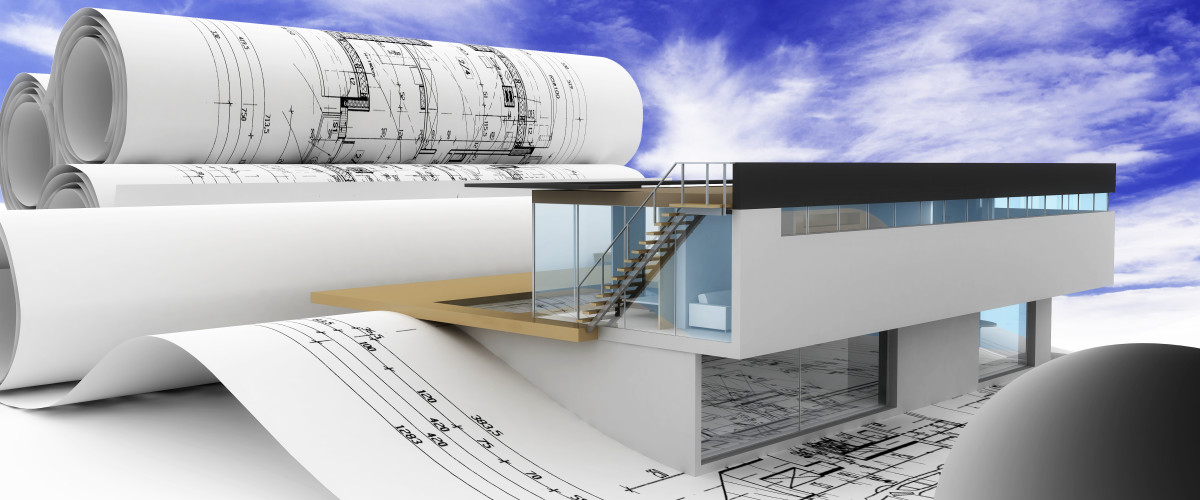How to Choose a Design Professional for Your House

Design Professionals
There are several qualified design professionals to serve you. The most common ones are architects, designers, interior designers, and design-build contractors. An architect is a licensed professional through a given state to practice architecture. He/she needs to have basic building and construction knowledge as required to obtain a professional license. A designer is a person who had studied architecture or interior architecture but not yet licensed. An interior designer mainly focuses on interior spaces. He/she may not have experience in ground up construction, or familiarity with local building codes or be able to produce construction drawings. However they are knowledgeable with the latest furnishing vendors and interior design trends. Design-build contractor is a person with a contractor's license, but may or may not have architectural license. The design-build contractor can provide design services as well as construction services. All of the above are qualified design professionals regardless of licensing status. Nonetheless, you should always verify the license status of your designer with the State licensing board.
For small residential construction projects, your local jurisdiction may not require professionally wet-stamped documents. (Wet-stamped means a wet signature and licensing stamp on the drawing, not electronic stamp and signature) If you already have a designer that you like, but he/she does not have a professional license, you can always ask your contractor or engineer to prepare the required documents for permits, and the designer can provide design inputs only.
Obtaining a Design Professional
Referral is always the best way to find a design professional for your construction project. Always ask for a few recommendations and interview the candidates.
The following are suggested discussion points during the interview:
- Samples projects of similar size and scope. Ask them about the problems they encountered on each of the projects, and how they had resolved them. There are bound to be challenges at each project. The way the design professional handles past challenges can be a good indication of your future relationship.
- Find out their aesthetics and design approach. Communicate your lifestyle to them. Bring pictures of your favorite places, artwork, or objects to start the conversation.
- Are they licensed? If so, verify license validity and any outstanding disciplinary actions with the state licensing board.
- Are they insured? What is their general and professional liability insurance coverage?
- Ask for references.
Agreements
Before you begin a project, make sure that you have a properly executed agreement between you and the design professional. The agreement should, at a minimum, clearly define the following:
- Program: A description of the project. If an addition, describe the square footage, the location of the addition and its relationship to the existing house. Design aesthetics expectation. Include any reference images you may have. If you have a given budget, state that as well.
- Schedule: Important to include milestone deadlines for each design phase. How many times will the designer/architect meet with you? There are 5 phases of a typical building project.
- Scope of Services: A description of what type of services will be provided, e.g. architectural/design only? Or does it include sub-consultant services such as structural/mechanical, electrical, and plumbing and other site design services? Is your design professional going to retain sub-consultants under his/her proposal? Or are you going to retain them separately. Either case, the lead professional, in this case, your designer/architect, will need to coordinate with them.
- Deliverables: Deliverables are physical items that your designer/architect will provide you at previously agreed intervals. They may include: drawings, project specifications, any physical or computer generated model(s) of your project, any colored renderings/drawings of your project. If you don't feel comfortable reading 2-dimensional drawings, ask for a 3-D rendering, for a better understanding of the design and space. Always check the list of Deliverables with the local jurisdiction's submittal requirements. Outline the deliverable list per each design phase.
- Fees, Methods and Schedule of Payment: Clearly delineate how you will pay your designer/architect. Is it a lump-sum fee to be billed with percentage of completion of each phase or on an hourly basis? Are there any reimbursable expenses such as printing, postage, traveling expenses, etc on top of the stated fees? Or are the fees all-inclusive?
- Termination clauses and dispute resolution: Like a prenuptial agreement, better to be clear up front. In case you need to part your ways, or if conflict arises, how would you proceed to resolve this? The last thing you want is to have a half-built house while your finances are tied-up in litigation.
You may choose to draft a letter of agreement between you and the design service provider, or you may use agreement templates provided by professional organizations. For example, The American Institute of Architects (AIA) offer series of agreement forms and templates that can be purchased even by non-AIA members. It is up to your discretion whether you want to use the AIA contract forms or simply draft one up between you and your designer/architect. Keep in mind that only licensed architects can use the title “Architect”. If you knowingly contract with a non-license designer, make sure that the word “Architect” is not used in any contractual documents. There are pros and cons of using the AIA documents. The AIA documents are often amended to provide a balance of responsibilities between both parties. Whether you decide to amend an AIA Agreement Form or to draft up your own Letter of Agreement, please consult with your legal counsel if you have any doubts on the language and obligations.
"Trust but verify". Like any relationship, you're bound to run into conflicts with your design professional. Set the parameters and expectations prior to the commencement of your project. Hope for the best, and always be prepared for the "what ifs".










